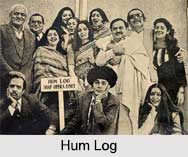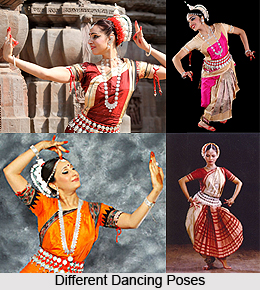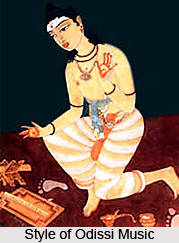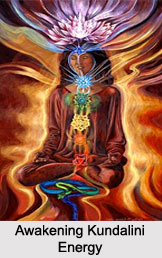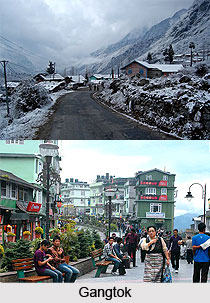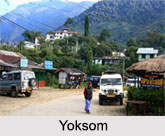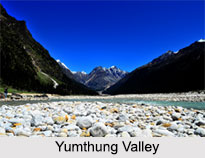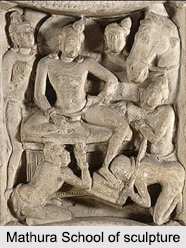 Indian Schools of Sculptures are very ancient and rich in nature. India has witnessed the art in a form of sculpture due to the patronage of various kings and migratory groups. However as far as schools of sculpture in the true sense of the term include Pala school of sculpture, Mathura school of sculpture, Gandhara school of sculpture and Amravati school of sculpture. During the first and second centuries ‘Buddhism’ spread to the highest degree, had encouraged an improved artistic enthusiasm to illustrate the enlightened message of Buddhism. During this creative time, three main schools of sculptures in India emerged which had developed their particular styles and distinctions. These were the ‘Gandhara’, ‘Mathura’ and ‘Amaravati’ schools.
Indian Schools of Sculptures are very ancient and rich in nature. India has witnessed the art in a form of sculpture due to the patronage of various kings and migratory groups. However as far as schools of sculpture in the true sense of the term include Pala school of sculpture, Mathura school of sculpture, Gandhara school of sculpture and Amravati school of sculpture. During the first and second centuries ‘Buddhism’ spread to the highest degree, had encouraged an improved artistic enthusiasm to illustrate the enlightened message of Buddhism. During this creative time, three main schools of sculptures in India emerged which had developed their particular styles and distinctions. These were the ‘Gandhara’, ‘Mathura’ and ‘Amaravati’ schools.History of Indian Schools of Sculptures
The first identified sculpture in India is from the Indus Valley civilization, found in sites of ‘Mohenjodaro’ and ‘Harappa’. These include the famous small bronze male dancer. After the fall down of the Indus Valley civilization there is a little record of sculpture until the Buddhist era. The tradition of Indian colossal sculptures in stone began comparatively late, with the period of influence of Ashoka from 270 to 232 BCE and the Pillars of Ashoka, of which six survive. Large amounts of symbolic sculpture survive from the Buddhist pilgrimage stupas, above all Sanchi; these were probably developed out of a tradition using wood. The wood continued to be the major sculptural and architectural medium in Kerala all through the historical periods until the recent decades.
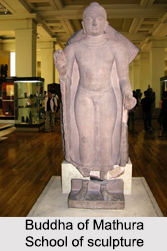 In the 2nd to 1st century BCE in far northern India, the Greco-Buddhist art of Gandhara form of sculptures became clearer, symbolizing episodes of the Buddha’s life and teachings. The pink sandstone of Hindu, Jain and Buddhist sculptures of Mathura from the 1st to 3rd centuries CE revealed both Indian traditions and Western influences and successfully established the source for succeeding Indian spiritual sculptures. The style was developed and subtle in most under the Gupta Empire (c. 320-550) covering the earlier Ellora Caves. The famous lost wax bronzes of the Chola dynasty (c. 850-1250) from south India consist of the iconic form of Shiva as Nataraja and with the huge stonework carvings of ‘Mahabalipuram’ dating from the Pallava dynasty are very famous. The Chola period is also notable for its sculptures and bronzes. Among the existing examples in the different museums of the world and in the temples of South India, it may be seen as the several fine figures of Shiva in different forms, Vishnu and his wife Lakshmi, Shiva saints and many more.
In the 2nd to 1st century BCE in far northern India, the Greco-Buddhist art of Gandhara form of sculptures became clearer, symbolizing episodes of the Buddha’s life and teachings. The pink sandstone of Hindu, Jain and Buddhist sculptures of Mathura from the 1st to 3rd centuries CE revealed both Indian traditions and Western influences and successfully established the source for succeeding Indian spiritual sculptures. The style was developed and subtle in most under the Gupta Empire (c. 320-550) covering the earlier Ellora Caves. The famous lost wax bronzes of the Chola dynasty (c. 850-1250) from south India consist of the iconic form of Shiva as Nataraja and with the huge stonework carvings of ‘Mahabalipuram’ dating from the Pallava dynasty are very famous. The Chola period is also notable for its sculptures and bronzes. Among the existing examples in the different museums of the world and in the temples of South India, it may be seen as the several fine figures of Shiva in different forms, Vishnu and his wife Lakshmi, Shiva saints and many more.Different Indian Schools of Sculptures
The three important schools of Indian sculpture are as follows:
For more, visit the link below:
